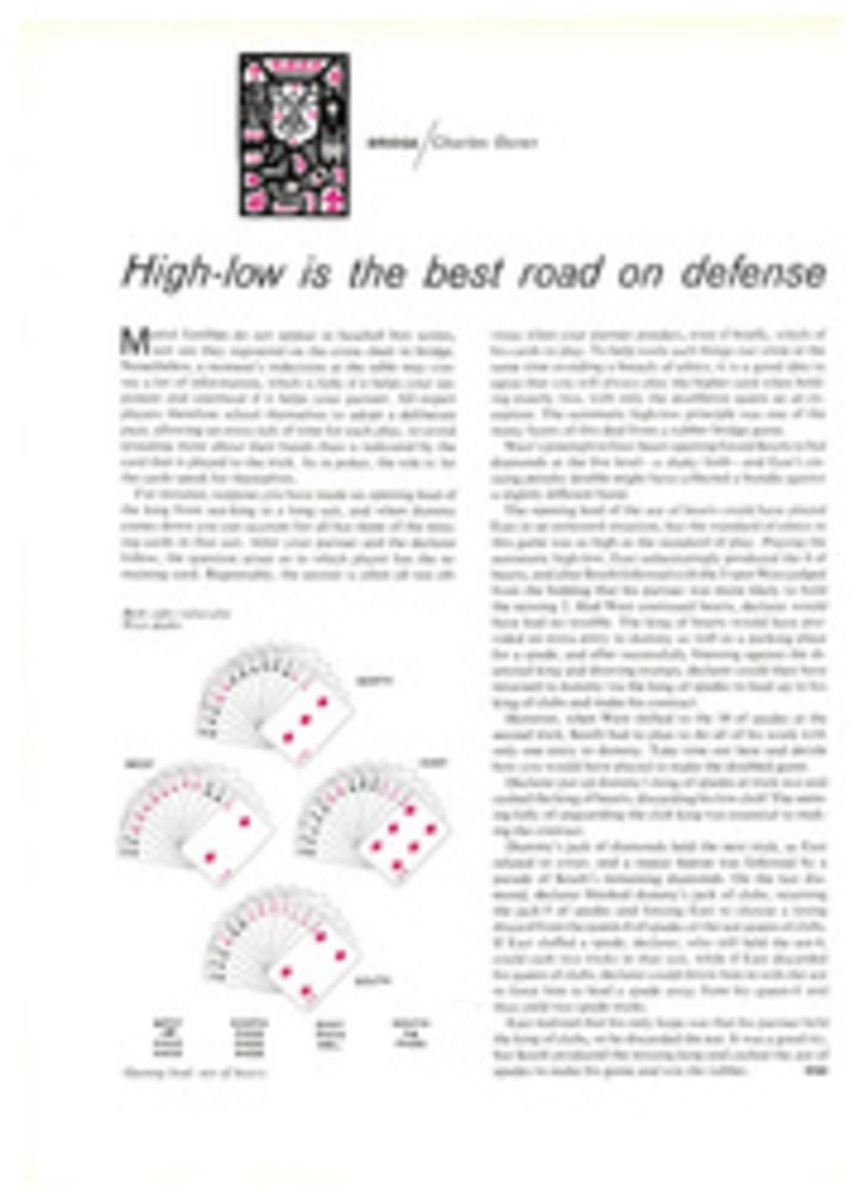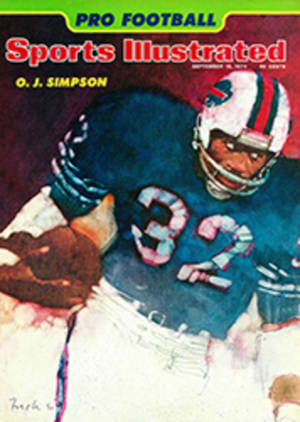
Speed trap for an Angel
Science has confirmed what American League batters have long suspected—Nolan Ryan of the California Angels throws a baseball harder than anyone who ever has been put to the test. As Ryan mowed down the Chicago White Sox 3-1 last Saturday for his 18th win of the season, a team of electronics technicians from Rockwell International fidgeted upstairs in the press box with some complicated radar timing equipment. The results supported Ryan's own contention that he throws harder in the late innings, for his fastest pitch of the night was the third one he threw to the Sox' Bee Bee Richard, who led off the ninth inning. Rockwell timed that high hard one at 100.8 mph, exceeding the 98.6 mph once recorded by Bob Feller with entirely different equipment. Under less official conditions Ryan had thrown even faster. During an 11-inning game on Aug. 20 in which Ryan fanned 19 Detroit Tigers, the technicians timed two of his pitches at 100.9 miles per hour.
The Ryan test was but one of several that have been conducted with asserted gadgetry over the years. Feller was timed with what the U.S. Army called a lumiline chronograph before a 1946 game with the Senators. Only 12 men have had their pitches clocked at better than 90 mph (among them: Don Drysdale, 95.3; Sandy Koufax, 93.2; Herb Score, 91.0), but some of the game's most celebrated fireballers—Walter Johnson, Lefty Grove, Smokey Joe Wood, Dizzy Dean, Dazzy Vance—were never exposed to such devices.
What matters anyway is not how hard Ryan throws but what throwing hard has done for him. He now has 315 strikeouts this season, an average of nearly 10 per nine innings. He is the only pitcher in history to strike out more than 300 batters in three consecutive seasons, and he is not far off his season record of 383, set last year. On Aug. 12 he tied a major league record by striking out 19 Red Sox in a nine-inning game. He also struck out 19 in two extra-inning games this season.
And now, of course, he is officially the hardest thrower in history.
What he throws, hitters around the league feel, is more projectile than baseball. "If he hits you with it," said the Oakland A's Reggie Jackson after facing Ryan earlier in the week, "you're dead."
Although Ryan experiences some difficulty with his control, he does not hit many batters, and so far he has not buried any. The Red Sox' Doug Griffin was skulled by a Ryan hummer in April and Griffin is alive today to tell the tale although, as a survivor, he is considered something of a medical marvel by his confreres.
Artifacts damaged by Ryan pitches are treasured like war souvenirs. Angel Catcher Ellie Rodriguez wears a twisted medallion that a Ryan fastball blasted after a mix-up in signals. "I called for a curve and got a fast one right here," says Rodriguez, patting his chest and his lucky piece. And at the merest suggestion Umpire Jim Evans produces a face mask disfigured by a deflected Ryan pitch.
The scientific evidence now available will scarcely diminish the hyperbole that attends Ryan's pitching. Says the A's Bill North, "I'll tell you how hard Ryan throws. He threw me a ball inside once that was so fast it could have hit me and bounced off, which is unlikely; or it could have hit me, knocked me down and kept going, which probably is what it would have done if I hadn't gotten out of the way."
Ryan has so much confidence in his fastball that, like Dizzy Dean before him, he will announce its arrival in advance and then challenge the hitter to cope with it. Last week in Oakland, Jackson fidgeted impatiently in the batter's box as Ryan conferred on the mound with Rodriguez. When the catcher returned to his position, he had a message for Jackson.
"Nolan wants me to tell you he's gonna throw nothing but fastballs," Rodriguez advised the startled batter. "He wants to see if you can hit one."
After several unrewarding swings, Jackson did hit one—on a line into the glove of the Angel leftfielder. Jackson felt he had emerged from the confrontation with a moral victory, for he had at least made solid contact, no inconsiderable achievement when Ryan is in full possession of his "heat."
On a scale of values, what is uppermost in the minds of many batters is not so much to hit the Ryan fastball as to not be hit by it. Ryan feeds off this fear. "Nolan's wildness works to his advantage," says Angel Coach John Roseboro, who in his playing years as a Dodger caught the revered Koufax. "The hitters don't really know where he's gonna be throwing the ball. You don't dig in against him unless you are an imbecile. Koufax had that kind of speed, but he also developed control. He lived on that outside corner. If Nolan learns to pick up the outside part of the plate and retain that fear factor, he'll be unbeatable."
Ryan does not himself live in fear, as Walter Johnson allegedly did, of hitting a batter. "I put those things out of my mind," he says. "Griffin is the only hitter I've seriously hurt. And the next time I faced him he got two hits off me."
Ryan is tall, slender, deceptively strong and certainly one of the handsomest men in sports—a natural-born hero. He is friendly and personable, but probably closer in temperament to the reclusive Koufax and the humble Johnson than to the roistering Dizzys and Dazzys of popular legend. Koufax was, in fact, a boyhood idol of Ryan's. "I lived in Alvin, Texas," Ryan says. "That's about 30 miles from Houston. In junior high and high school we kids would drive up there to see Koufax pitch. He was the king then. I liked him because he was a fastball pitcher and so was I. I could always throw farther and harder than the other kids. Speed always attracts. Fans want home runs out of hitters and strikeouts out of pitchers. Look who people talk about when they talk about pitchers—Koufax, Feller, Johnson."
And now, with good cause, they talk about Nolan Ryan, which is fine with him, for there were times during his four formative years with the New York Mets that he despaired of achieving even minor celebrity.
"I lost confidence in myself, even in my fastball," he admits. "The Mets were always fighting for a pennant. They couldn't afford to let me work out my control problems."
The trade that brought him to the Angels in late 1971 gave him the opportunity to work regularly on a team that could afford to take a chance on a pitcher with such fathomless potential. The results could scarcely be more gratifying.
And yet, pitching more than 300 innings a season and throwing 150 pitches a game, Ryan does not envision a lengthy career.
"I don't look for longevity," he says. "I look for productivity. If I can escape injury, I should be a fastball pitcher for maybe another five years."
If he eases up a bit and resorts more to trickery he can last much longer, or so says that old Koufax teammate, Drysdale, now an Angel announcer.
But the argument is unlikely to prove persuasive. The fastball is not so much a Nolan Ryan weapon now as a way of life. Without it, he would not be Nolan Ryan. And no one wants that.
PHOTO
RYAN THROWS 'HEAT' AGAINST THE A'S

